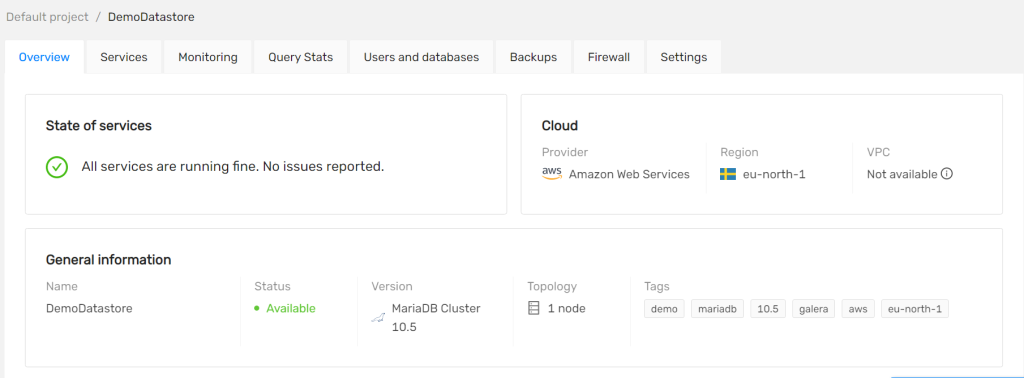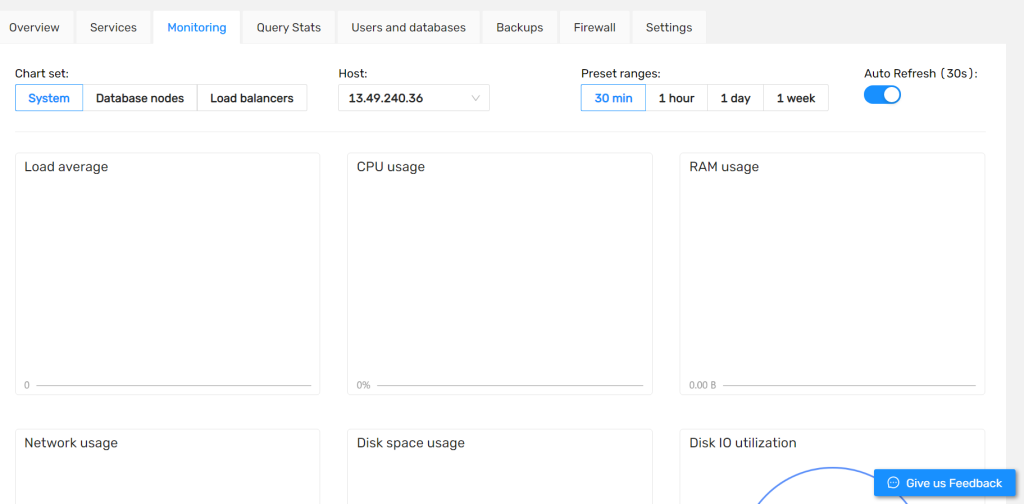blog
DBaaS Use Cases for Cloud-Related Organizations

Database-as-a-service (DBaaS) companies can be useful for a lot of industries. In this blog post we will go through some of the database-as-a-service use cases for cloud-related organizations.
What do Cloud-related Companies Need?
Before actually going through a brief overview of the database-as-a-service use cases for cloud-related organizations, we need to understand what do cloud-related companies actually need. In terms of staff, cloud related companies would probably need:
- DevOps engineers: such people would look after processes and certain tools in order to balance the needs of system development and shorten the lifecycle of system development.
- Security staff: such people would look after the cloud offerings provided by the company and would ensure that they are reliable, and, of course, secure them at the best of their ability.
- Support staff: such people would generally provide support for customers of the company. Since many cloud-related companies operate as SaaS (Software as a Service) solutions, that’s very useful.
In terms of tools and software, cloud-related software companies would probably need reliable hosting providers, and also reliable backup tools. However, what some cloud-related companies would also find as time continues to pass is the need to use database-as-a-service (DBaaS) solutions.
What are Some of DBaaS Use Cases for the Cloud?
DBaaS solutions would be beneficial if cloud-related companies have the need to get a quick overview of what’s happening in their database instances: they are able to see their database services, monitor them, look after query statistics, users, databases, or backups. Wow, that’s a lot of things, isn’t it?
Don’t fret. We are just trying to say that database-as-a-service solutions might be useful for any company that wants to dive deeper into their database instances, and DBaaS solutions might be especially useful for cloud-related organizations because they will make the lives of developers, database administrators, and DevOps engineers more simple and efficient:
- Developers able to see what’s happening inside of their database instances will be able to make better decisions related to database instance maintenance.
- Developers able to monitor their database instances will be able to know whether it’s time to add more servers or infrastructure, etc.
- Engineers looking after query statistics might be able to forward some valuable information to other engineers, developers or database administrators that might make use of it. Such information might be especially useful for database administrators that might add indexes, partitions or simply normalize a database to improve performance.
- Engineers looking after users or databases will be able to add or remove necessary users to make them able to access only certain data and follow the least access principle that basically says only people that must access information should be able to access it.
- Engineers looking after backups would be able to see whether the backups are full, partial, or incremental, when they were taken, is the correct backup taken, can the backup in question be restored, etc.
How Does Your DBaaS Solution Look Like?
While the functionality of the DBaaS solution is obviously very important, what’s also very important is the user interface of the tool you are going to use. How are you going to use a DBaaS tool without liking its look? If your first impression of the tool is “meh, not very nice”, you are less inclined to use it without even taking into account the fact that the tool might be very beneficial for your business.
Thankfully, CCX solves this issue! Here’s how an overview of your services looks like:

And here’s how the user interface of CCX looks like upon first login – you are able to see some information related to your data store (when it was created, what’s its status, what’s its database, what cloud provider is it using, how many queries per second is it running, you are also able to delete it or go to the next page with little more details on it):

That’s far from everything that CCX can help you with – head over into the Monitoring section and you will be presented with a whole new world related to your database instances. First off, you will be able to choose a chart set (Monitoring, database nodes, or load balancers) and the host you want to run analysis on, then you will be able to see information relevant to that part of the data store:

As you can see, you have quite a lot of options to choose from ranging from chart sets to hosts and preset ranges. The auto refreshing capability can also be turned either on or off as you wish.
You can also dive into the statistics of your queries if you wish – CCX will provide you with the details of the instance they run on, the database name, the queries themselves, the number of total executions and the total time:

CCX is also able to display information regarding backups: what backup method did you use? What type? What status (scheduled? etc.)? At what time was it created?
Also keep in mind that good DBaaS solutions (such as CCX) will also let you scale your database instances on demand, meaning that you will only monitor what you actually use and that you will use only what you absolutely need to.
Summary
Database-as-a-service (DBaaS) solutions can be very useful for many kinds of organizations including those who deal with the cloud. The main benefits of database-as-a-service solutions for organizations situated around the cloud are the flexibility and scalability. Moreover, as CCX developed by Severalnines has a nice UI that allows users to observe all kinds of database functionalities, it can obviously be a very good choice for many kinds of applications, including SaaS solutions, hosting, DevOps, etc.: make sure to try CCX today and tell us what you think!




